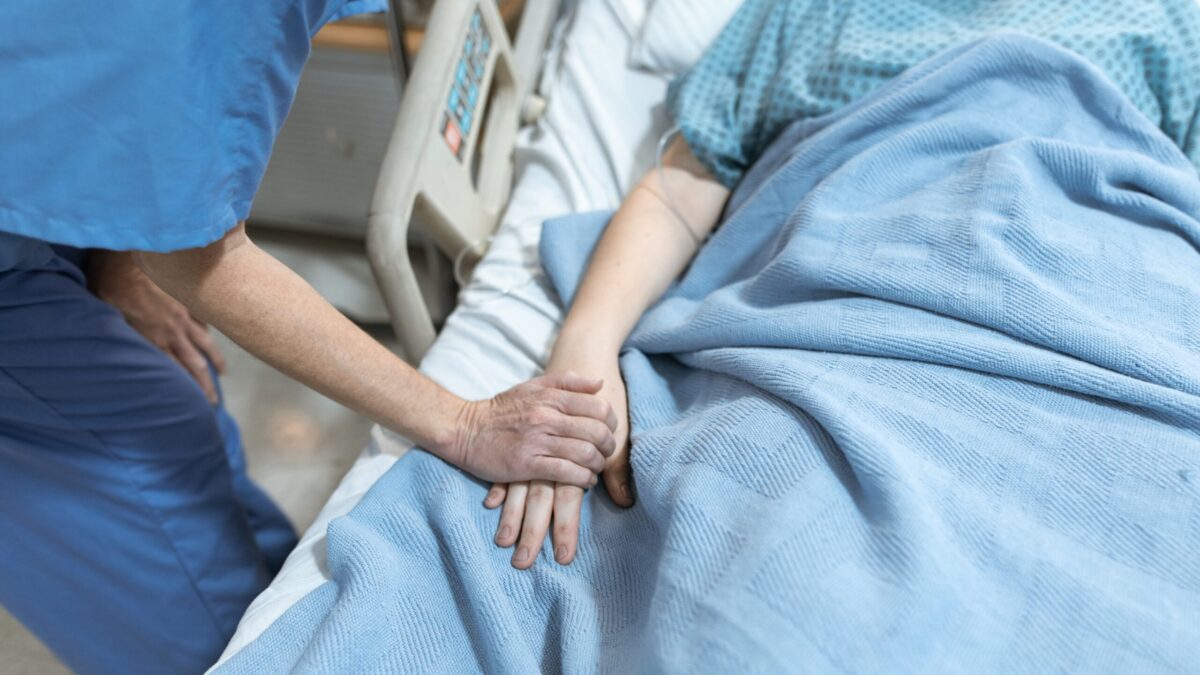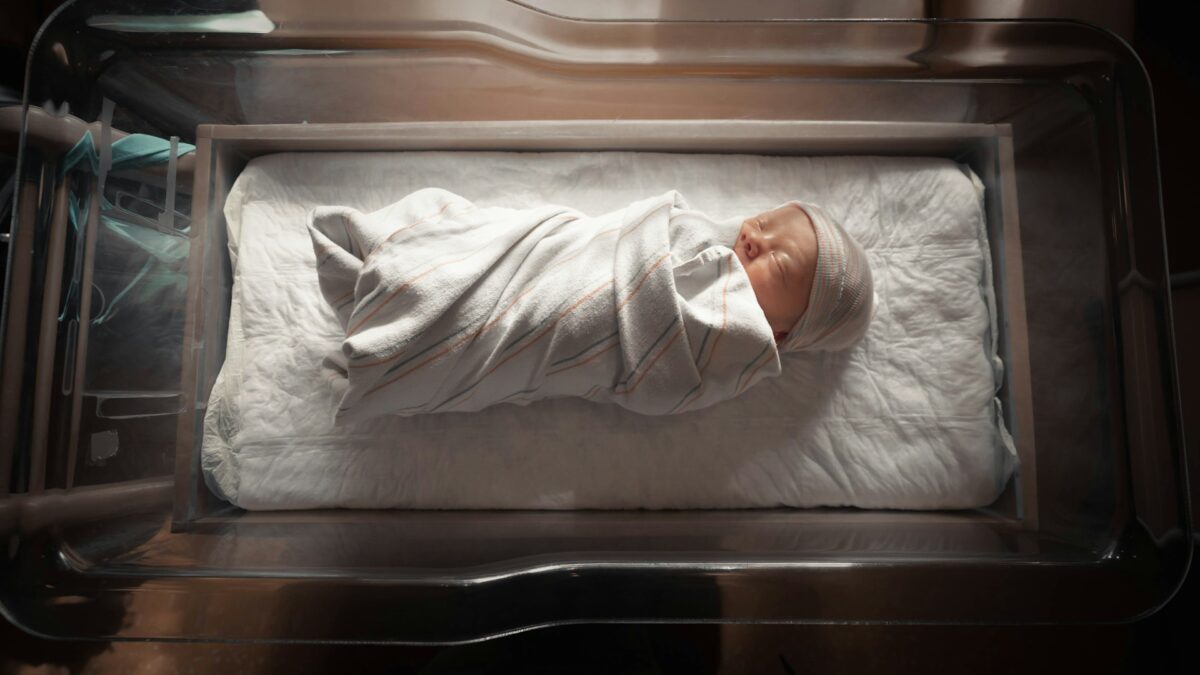In 2013, the world watched as the family of Jahi McMath fought her physicians to continue mechanical ventilation after she’d been declared “brain dead.” Her family was able to secure her release only after agreeing to the declaration of death, and they moved her to a long-term care facility, and eventually an apartment, in the state of New Jersey. She lived for another five years, ultimately passing away in June 2018.
One of the most complex decisions a family will make is to remove life support when someone they love has suffered a tragic accident. When faced with these situations, medical professionals are in a unique position to provide guidance regarding how end-of-life care should proceed. Most of the time, families and doctors concur when the right time has come to remove mechanical ventilation, and a loved one dies peacefully. But occasionally a dispute arises, like in the case of McMath, and the courts become involved.
Part of the reason for this involvement is because “brain death” is not a medical designation, but a legal one.
To bridge the gap between medical discrepancies, the Uniform Law Commission is considering an updated version of the Uniform Determination of Death Act (UDDA) — the RUDDA — which it hopes will align U.S. standards with those of other nations. These standards are also meant to be adopted across state lines, bringing all states in accord regarding what constitutes legal, neurological death.
In 1981 the UDDA was passed in response to evolving medical advances, particularly mechanical ventilation. Our new ability to renew the respiration of a dying person was miraculous, but it also created a conundrum: Previously, death was determined by the cessation of a heartbeat and breathing. Mechanical ventilation disrupted this process and left clinicians with moral and ethical questions regarding how to confirm their patients’ deaths.
If doctors could not determine death based on lack of cardio-respiratory arrest, patients could linger unresponsive for years in a hospital bed, loved ones couldn’t begin the grieving process, inheritances could not be distributed, and — in a situation where violence had occurred — justice for a loss of life could not be sought. In addition to questions about a patient’s care, mechanical ventilation could limit the donation of healthy organs for transplant — a novel but important possibility at the time.
A new criterion for determining when death occurred was pragmatic. It would protect physicians from criminal charges and/or malpractice suits and seemed to be in the best interests of both the patients and their families.
Except it may not have been then and may not be now.
There was immediate opposition to the guidelines from many doctors, who correctly surmised that “brain death” didn’t always mean “biological death.” There were (and still are) valid concerns that at least one step in the process of determining whether brain death has occurred — the apnea test — could lead to “irreversible brain damage” in a person who could be capable of some recovery. There are also concerns regarding the criteria disregarding some brain functions. Most initial opposition, however, stayed in academic circles, and overall “brain death” became a socially acceptable concept.
As time has passed and the general population has found complex medical information more accessible, families have begun to push back and request treatment for their seemingly dead relatives.
In at least one case — that of Jahi McMath — pushback displayed the problems inherent with the concept of “brain death,” as McMath was clearly not dead and continued to grow and mature over time, even going through puberty and having menstrual cycles.
Between her discharge from the hospital in 2013 (where she was declared “brain dead” and a death certificate was issued), and the actual end of her life in 2018, video evidence unequivocally proved she could hear those around her, responding to simple directions to move her fingers, hands, and legs.
In other cases, patients who have been declared “brain dead” have awoken from comas days before organ harvesting was to occur, or even in the operating room as organ procurement was about to begin.
In these cases, medical consensus claims that common protocols to determine brain death were not followed, resulting in mistakes. This discrepancy could be due to the UDDA being a federally created legal parameter for death, which differs from one state to the next and across international borders. These discrepancies support the perception that a designation of “brain death” is arbitrary: If a doctor in New Jersey says a person is alive, but a doctor in California says the same person is dead, who is correct? And why should we trust medical professionals with something this important when they can’t even trust one another?
The authors of the new RUDDA standards have proposed the following reasons for the changes:
- To make it more difficult for families, especially families of minor children, to file suit against hospitals attempting to remove their children’s life support.
- To free up hospital beds and other medical resources.
- To make available more organs for harvesting and donation.
In other words: The authors of this revision are suggesting physicians should be able to override parents’ desires for medical care, ration treatment and hospital beds (a gift to insurance companies), and end people’s lives more quickly to increase the supply of organs for donation.
To accomplish these goals, the specific changes suggested will loosen current guidelines, requiring only brain stem injury, rather than whole-brain death. It excludes certain brain functions from being considered evidence of life.
Also included in the draft language is a change from “irreversible” damage to “permanent” damage. The international chair of the Euthanasia Prevention Coalition, Alex Schadenberg, clarifies in a recent blog post the danger of this interpretation of brain death: It could potentially allow physicians to choose whether to treat patients who may be capable of recovery.
The proposed new standards have come under fire from some medical bioethicists, who agree a revision is necessary but who do not concur the proposed revisions are appropriate. Religious groups have also expressed reservations about the proposed updates — clarifying that language included in RUDDA could create a situation where organ harvesting could be the true cause of death for patients.
Without further exploration of these criteria, revising these standards to suit the needs of medical professionals and insurance companies rather than patients who have suffered catastrophic medical emergencies and become disabled can only result in the premature death of many living people.
Killing is not health care. To pretend otherwise is a grave dereliction of duty, and physicians and lawmakers who would propose altering an already controversial guideline to make it even more problematic would be wise to focus instead on establishing trust with the people they serve.









